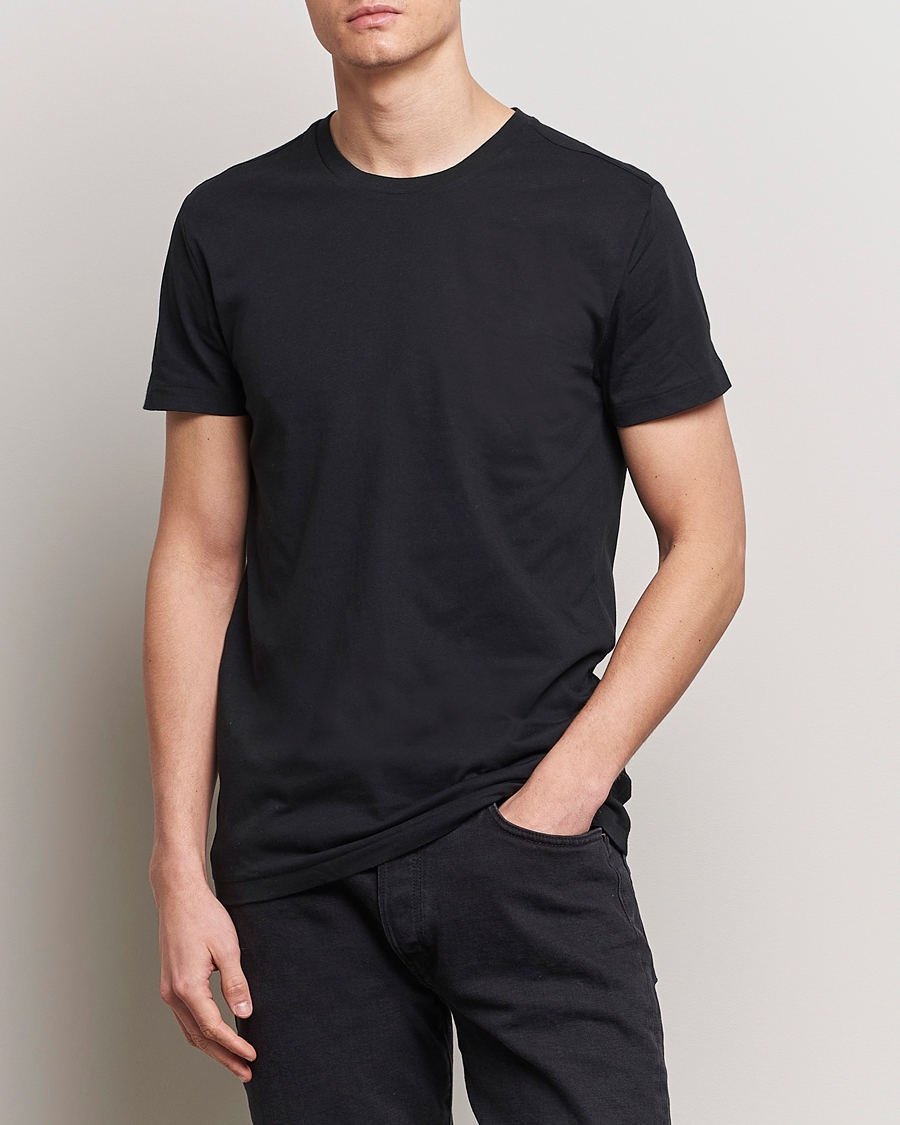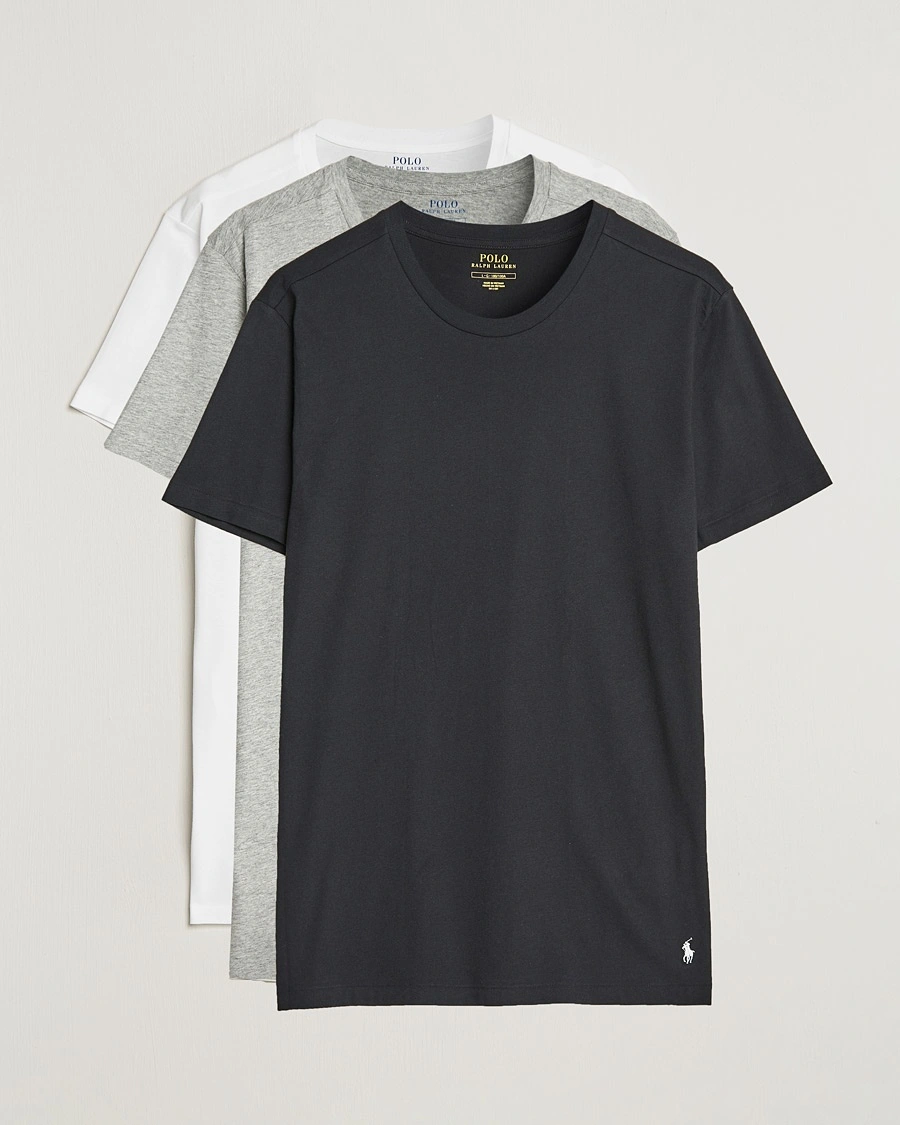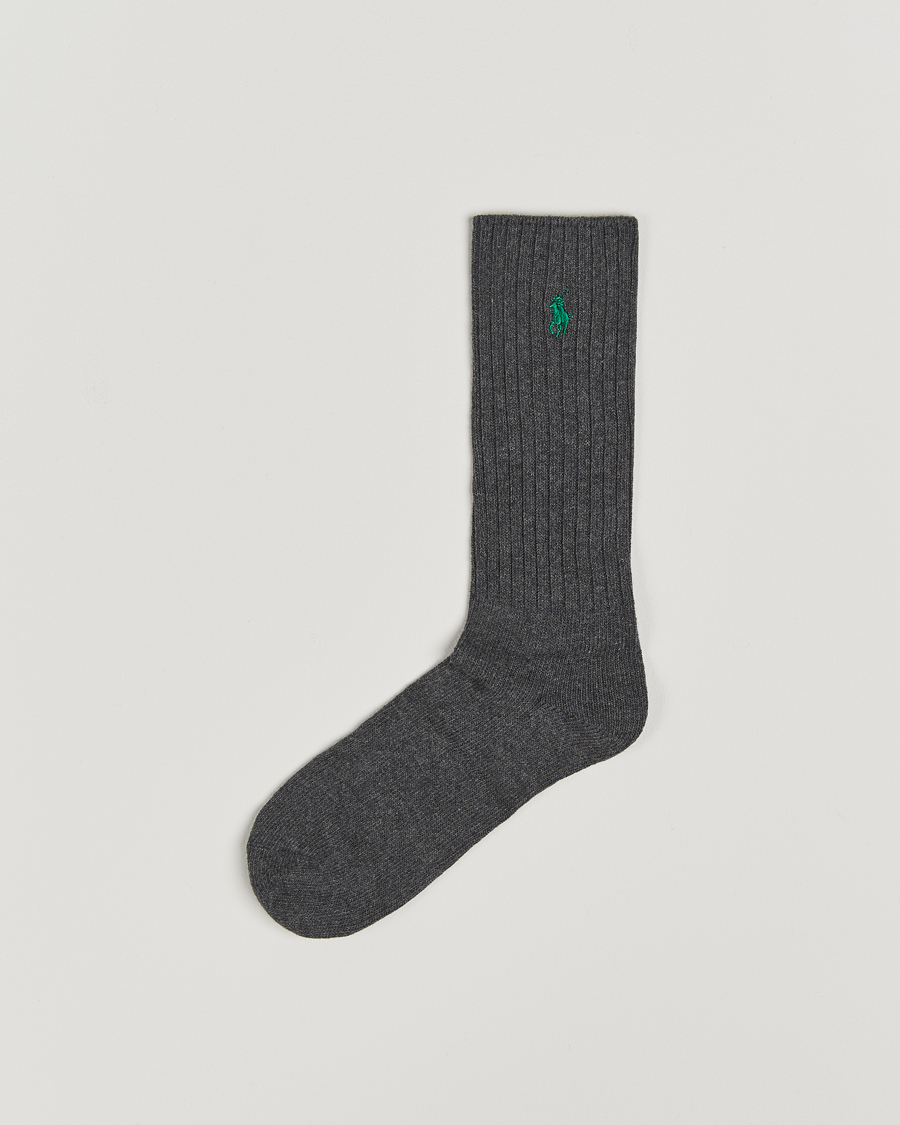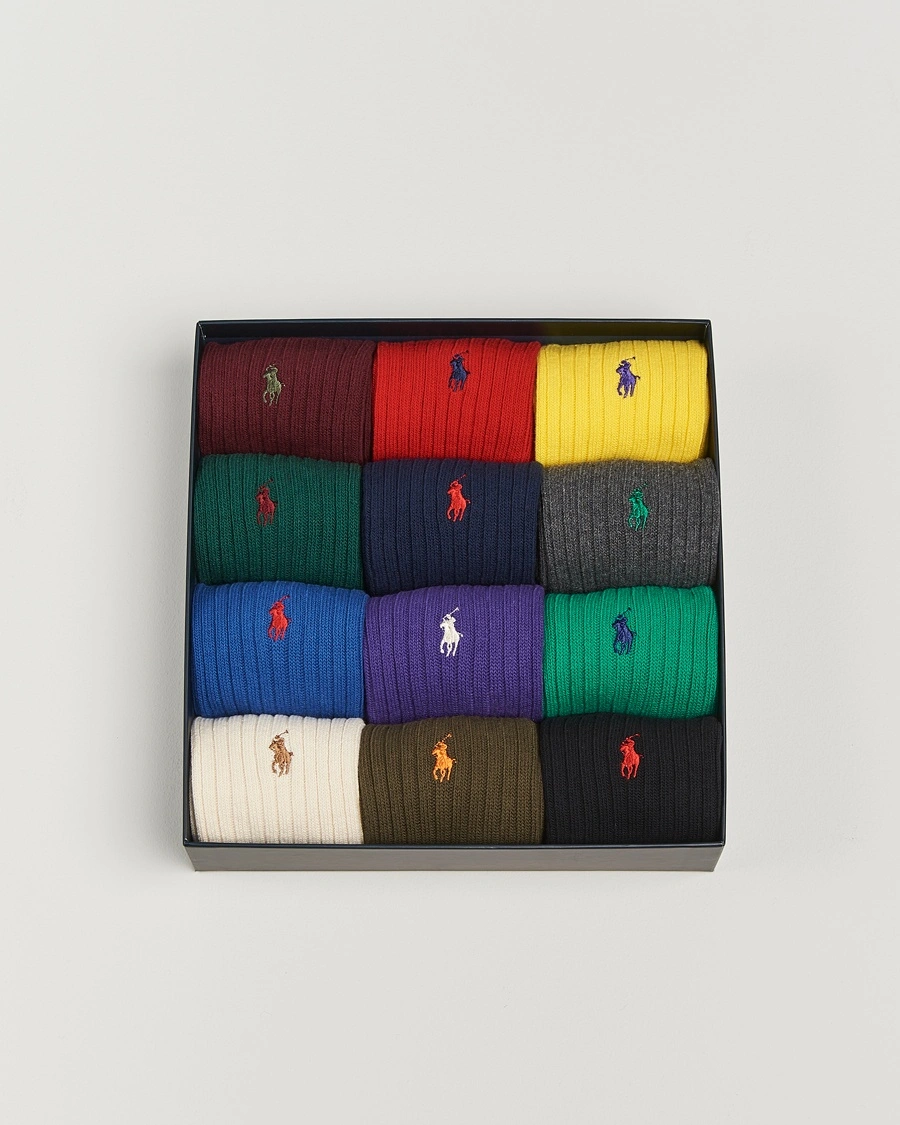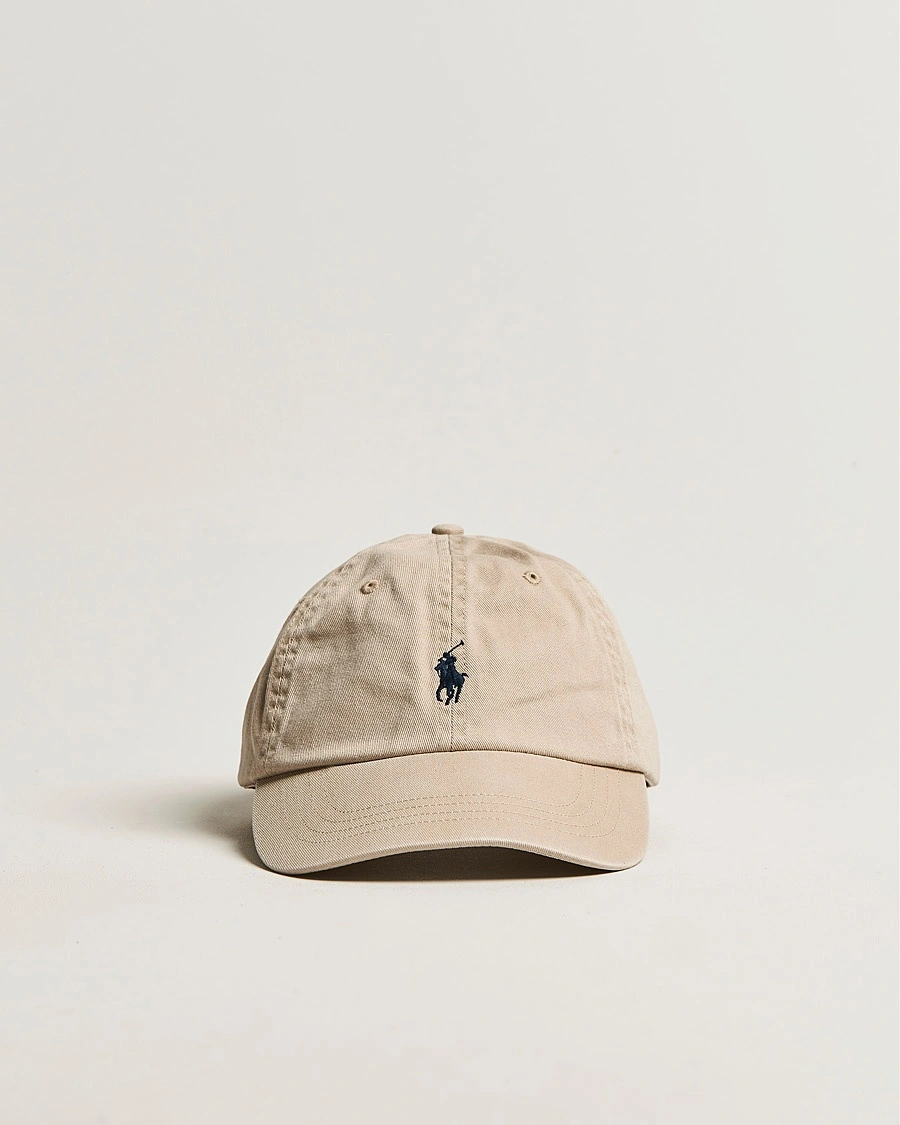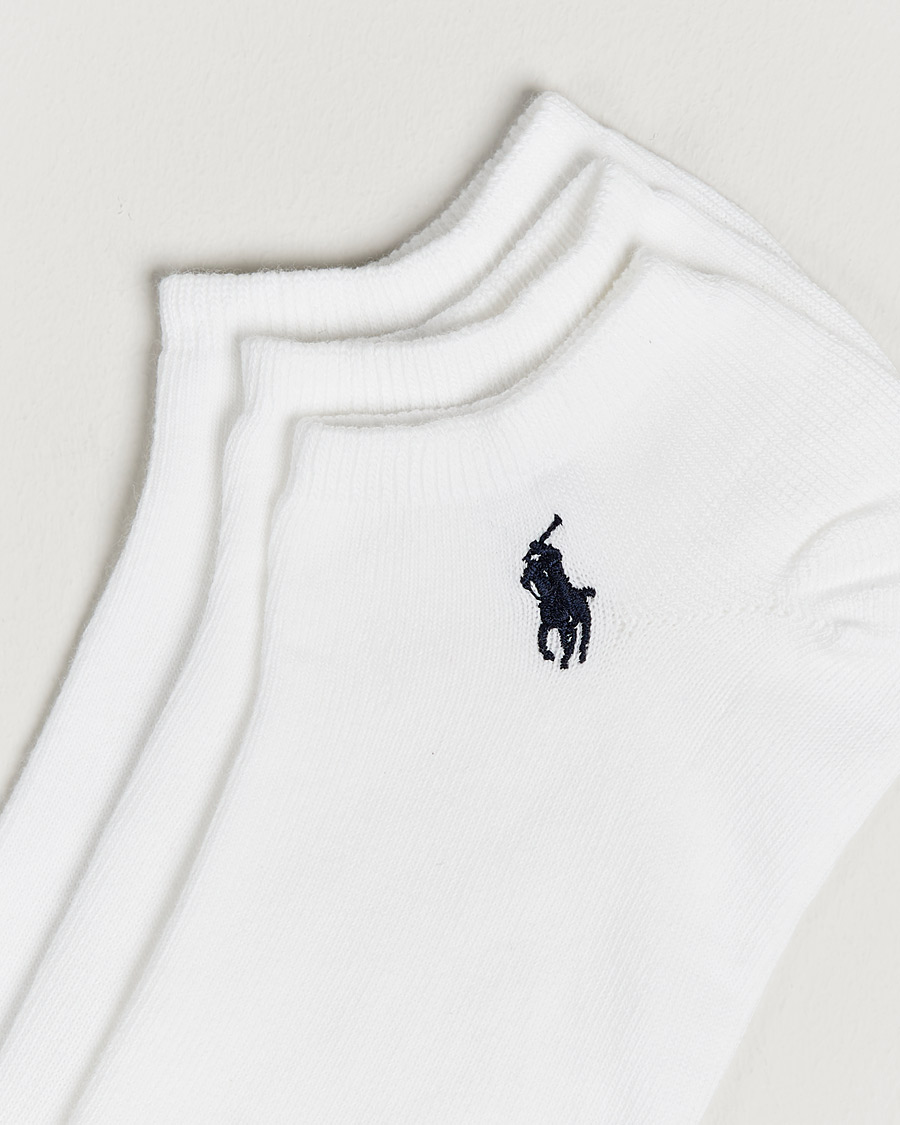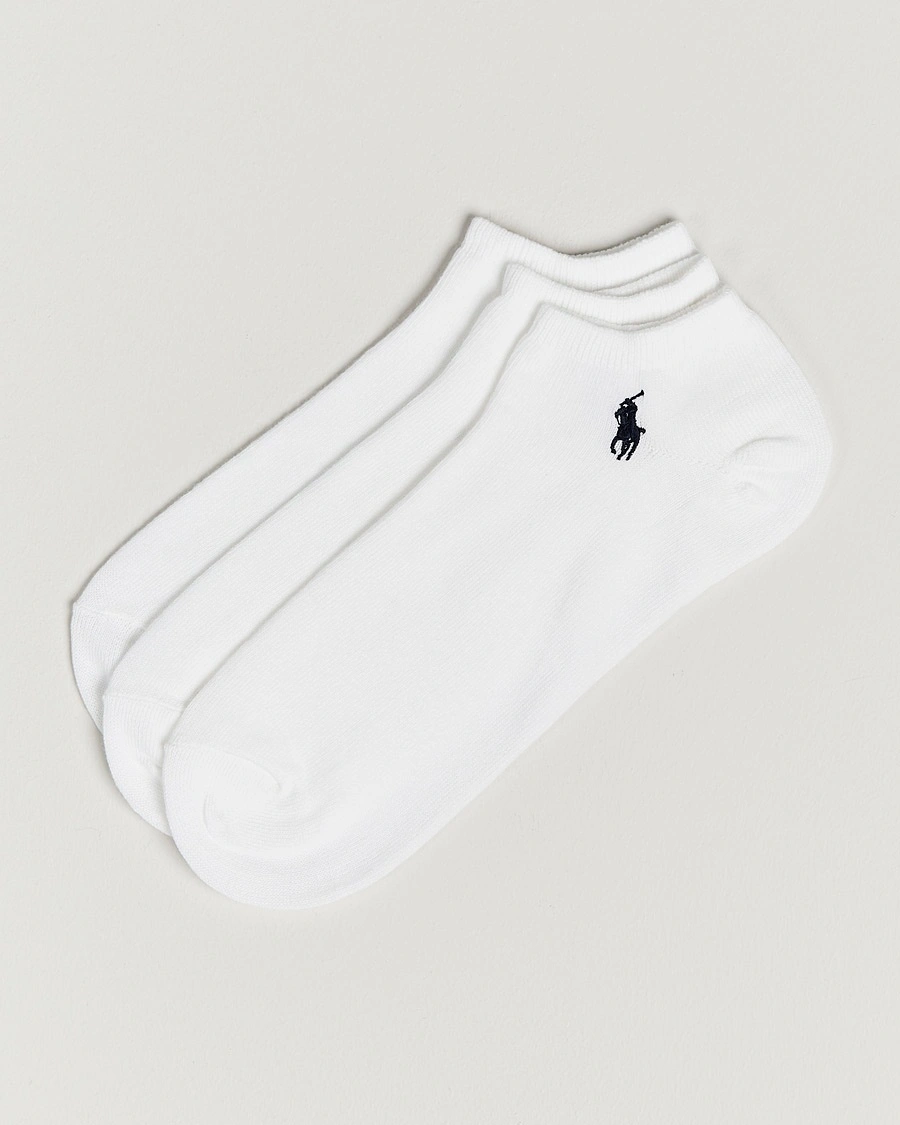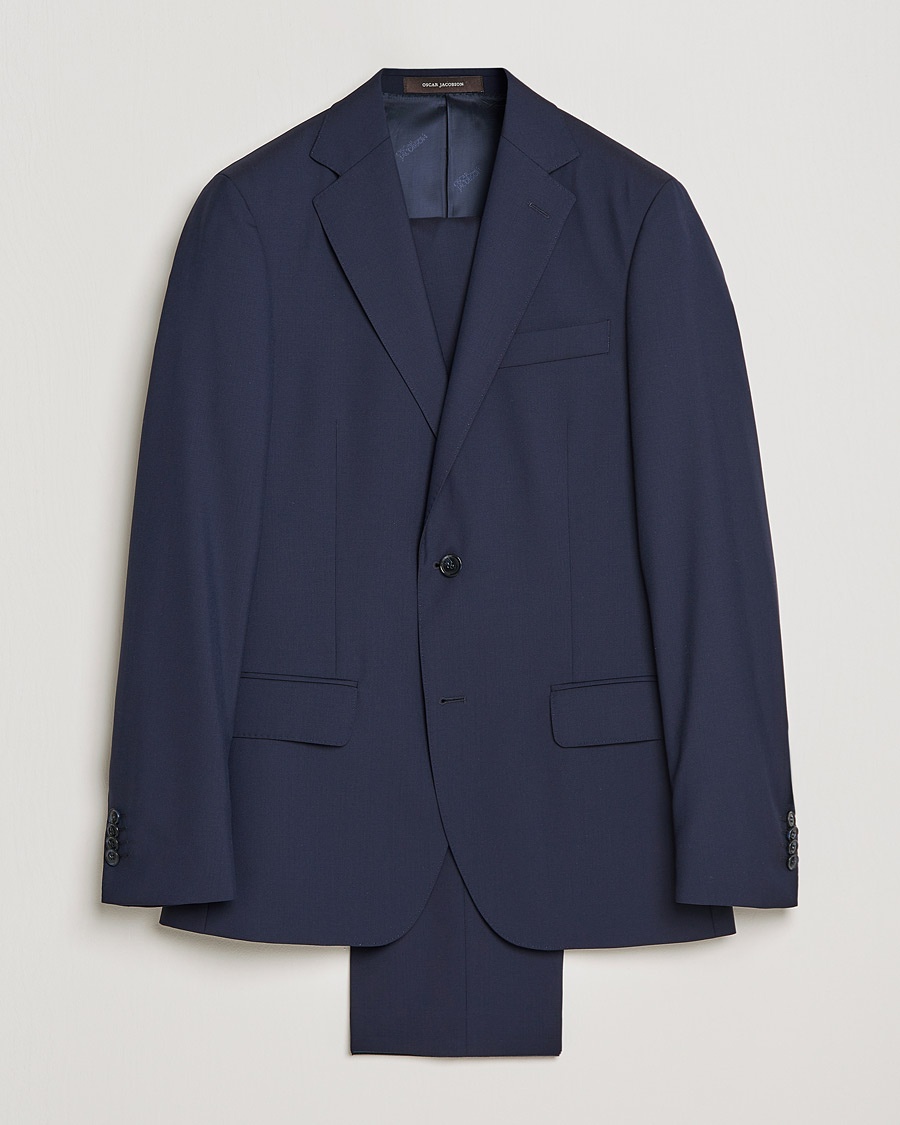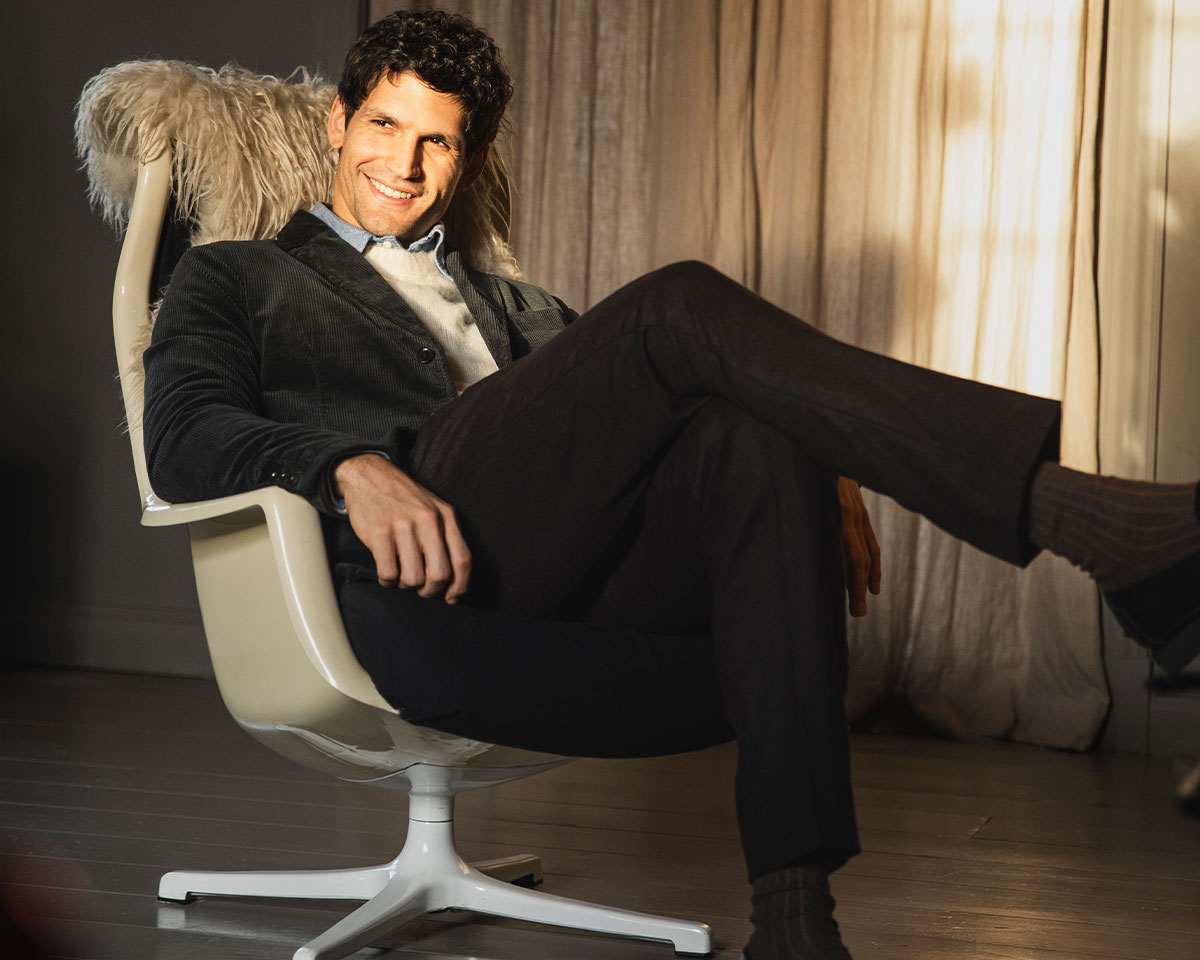
What to Consider when Buying a Suit
When it's time to aquire a suit, there are a number of things you benefit from knowing regarding style, fit and quality. With this knowledge, you will be able to purchase a garment that will last you a long time without looking dated regarding either cut or style.

Text: Mikael Vallin
Photo: Evelina Svantesson
Simply buying a suit is not particularly difficult. Choosing the right suit, on the other hand, requires being familiar with some basic concepts regarding fit and style, to ensure your suit is a long-term investment. The definition of a 'good' or 'useful' suit also depends very much on whether you are buying one of your very first suits, or already own an extensive collection.
This editorial is primarily aimed at those buying their very first suit, or at least one of their first suits, though experience has shown us that this guide can also be beneficial for men who have been wearing suits for years now, but who would still like to improve their knowledge on what to consider to ensure a perfect fit.
This editorial is primarily aimed at those buying their very first suit, or at least one of their first suits, though experience has shown us that this guide can also be beneficial for men who have been wearing suits for years now, but who would still like to improve their knowledge on what to consider to ensure a perfect fit.
A Step-by-Step Guide to Choosing a Suit
Colour and fabric
If you are buying your very first suit, you should aim to choose a colour suitable for a wide range of situations and seasons. Solid navy or charcoal suits are preferable to black in such cases, as these colours are much more versatile. Navy and grey suits can be paired with both black and brown shoes, allowing them to be used in a much wider range of style combinations. Even if you are itching to buy a patterned suit, we would still recommend waiting until your second or third suit, as patterned fabrics limit the situations in which your suit is appropriate, thereby excluding a number of chances to wear it.A lightweight woollen fabric is a great choice for your first suit, along with a single-breasted jacket with two or three buttons and a single or double vent. The 'vent' of a suit is the slightly overlapping slit on the rear skirting of the jacket, allowing for a pleasing drape when you wear it. Whether to choose a single or double vent is a matter of personal preference, but, in our humble opinion, double vents are the more flattering choice for most suit-wearers.
Finding the Correct Size
Determining, and then finding, the right size is the first crucial part of the decision process. Far too many men choose suits that are much too large. Conversely, the last ten years have seen a marked trend towards exceptionally slim cuts, meaning others choose suits that are too small and tight. Slim, but not tight, is a good rule of thumb to find a good fit. The most important aspect of the jacket's fit is the width between the shoulder seams - the seams that join the sleeves to the chest piece. Roughly speaking, the seam should sit at the uppermost point of your shoulder, close to where the vertical line of your arm transitions into the more horizontal line at the shoulder.The shoulder should neither hang freely off your shoulder (too large) nor rest tightly too far up the shoulder (too small). On traditionally constructed jackets, the shoulder seam will sit closer to the edge of your shoulder, while on soft-tailored, deconstructed jackets, the shoulder seam should rest somewhat further up the shoulder.
If you already own a well-fitting garment, you can use these measurements as a reference when buying a suit at Care of Carl. Each jacket in our range is presented with a detailed sizing chart, along with a description of how each measurement was taken. Following the same process, measure your well-fitting jacket and compare with the measurements we provide to get a rough estimation of how well the jacket you are interested in will fit.
The below table, while only providing very rough estimates, can be a good reference if you are unsure as to where to start. Keep in mind, though, that your body shape, such as how muscly you are, can have an impact on which size to choose.
| Height (cm) | Weight (kg) | Suit Size |
| 160 - 175 | < 70 | 44 |
| 165 - 180 | 65 - 75 | 46 |
| 175 - 185 | 70 - 80 | 48 |
| 175 - 190 | 75 - 85 | 50 |
| 175 - 190 | 80 - 90 | 52 |
| 180 - 190 | 85 - 100 | 54 |
If you are particularly tall and slim, you may need what is known as 100 sizes - somewhat longer versions of the original sizes. So, for example, if you are 190cm tall and weigh 75kg, you will probably need a suit in size 148. If, on the other hand, you are slightly heavier for your size, you may need the 'shorter' sizes that can be found by doubling the number - a 'short' size 46 is, for example, called 93, a 'short' 48 is a 96, and so on.
Tailoring Adjustments
It is also important to remember that some smaller tailoring adjustments to the jacket and trousers are often needed to ensure the perfect fit. It is rare to find a suit that fits perfectly in all dimensions, even if the size is correct. Some simple and inexpensive tailoring adjustments can often have a profound impact on how your suit looks on you.Sleeve and Leg Length
Among the most common adjustments needed when purchasing a suit, it is perhaps adjusting the length of the jacket sleeve and trouser leg that are the most important. An overly long sleeve makes a jacket look outsized on any wearer, even if the fit is perfect in all other ways - unfortunately, this is a common sight among suit-wearers. Succinctly put: Make sure your jacket has the right sleeve length!In some ways, sleeve length can also be a question of personal preference. Veteran suit-wearers may, for example, prefer a slightly shorter sleeve. A general rule, though, is that shirt sleeves should extend to the point where your wrist meets your hand, over the thumb, and that jacket length should be 1-2cm shorter than the shirt, allowing the cuff to be visible.
When it comes to trouser length, remember that trousers that are too long can always be taken up, whereas it is nigh on impossible to lengthen trousers that are too short. So, be careful when choosing how short you want your trousers to be. The ideal length should see the bottom hem of the trousers just brushing the upper of your shoes when standing in a relaxed position, though even this is a matter of preference and something that tends to change with the dominating trends of the time.
Waist and Back
Having the rear of the jacket taken in is money well spent to ensure it is not too wide for your back. The waist of your suit trousers should be taken in so that they stay comfortably in place without the help of a belt - if they slip, the waist is quite simply too large. Having the waist taken in by a tailor is most often a surprisingly quick and inexpensive process.Try On Your Suit
When trying on a suit, and the jacket in particular, stand in a relaxed position with your arms by your side. This is the only way to check if the jacket fits correctly. Don't stretch your arms out as if you were cycling or sleepwalking to see if the suit pinches a little at the back. It will, even if it is the right size and a good fit. The right jacket should 'fit like a glove', without feeling tight or taut. Make a Long-Term Investment
At Care of Carl, we aim to keep to suits that are relatively timeless in design, even if details such as jacket length, bottom leg, lapel width, and so on, are affected by the current design language of our suppliers. As far as possible, we would encourage you to follow the advice given in this article, that will ensure your suit will be stylish and appropriate no matter the situation or current trends.By way of conclusion, it is important to point out the importance of a 'holistic' approach to wearing a suit. Even the finest, most well-fitting suit can be let down by the rest of your ensemble. A good pair of Derby or Oxford shoes are a great investment. Even if 'a suit is only as good as the shoes it is worn with' seems something of a tired cliché, it nevertheless remains true.
So, we would now like to wish you the best of luck in finding the perfect suit, and will be more than happy to answer your questions in the comments below or via Ask Carl, where you can even arrange a phone call from Carl Supply, after which a style advisor will e-mail you a few suggestions for clothing we feel would be particularly well-suited to your needs.
Tags:
What did you think about this article?


No comments
Do you want to continue where you were?
Customer service
FAQ
Answers to the most frequently asked questions can be found here.
We aim to reply to your email within one working day.
Personal Style Advice
We currently offer personal style advice through both digital and in-person customer meetings near our headquarters in Borås, Sweden.
If you're interested in booking a session with our personal shopper, send an email to us at [email protected], specifying whether you prefer a digital or in-person meeting, and we will get back to you with more details and available time slots.
Our style advisors look forward to helping you update your wardrobe and invest in timeless, quality garments!
Log in
Choose your delivery country
-
Sweden
-
Denmark
-
Norway
-
Finland
-
Germany
-
Austria
-
Belgium
-
Ireland
-
Croatia
-
Cyprus
-
Czech Republic
-
Estonia
-
Greece
-
Hungary
-
Liechtenstein
-
Lithuania
-
Luxembourg
-
Malta
-
Poland
-
Portugal
-
Slovakia
-
Slovenia
-
Bulgaria
-
Latvia
-
Romania
-
Netherlands
-
France
-
Switzerland
-
Spain
-
Italy
-
United Kingdom
-
Saudi Arabia
-
New Zealand
-
Taiwan
-
United Arab Emirates
-
Japan
-
Australia
-
Canada
-
United States of America
-
South Korea
-
Hong Kong
-
Singapore
-
Kuwait
-
Malaysia
-
Qatar





